In the high-pressure environment of pre-hospital emergency care, paramedics must make quick and informed decisions. Among the many tools at their disposal, drug cards stand out as vital resources that enhance their ability to provide effective patient care. This article delves into the significance of drug cards, their composition, and their utility in the field of emergency medicine.
What Are Drug Cards?
Drug cards, often referred to as medication cards or pharmacological reference cards, are concise reference tools that provide critical information about medications used in emergency medical settings. These cards typically summarize essential details about various drugs, including their indications, contraindications, dosages, side effects, and routes of administration.
The Importance of Drug Cards in Paramedicine
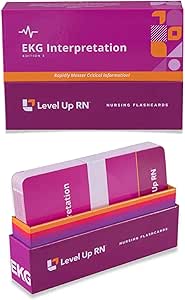
Drug cards serve several important functions in the field of paramedicine:
- Quick Reference: In emergency situations, paramedics often have limited time to assess and treat patients. Drug cards provide rapid access to crucial drug information, allowing for informed decisions in seconds.
- Standardization: Drug cards promote standardization across the emergency medical services (EMS) community. They help ensure that all paramedics have access to the same information, which can reduce errors and improve patient outcomes.
- Education and Training: Drug cards serve as valuable educational tools for both new and experienced paramedics. They can aid in the training process, helping paramedics familiarize themselves with various medications and their uses.
- Enhancing Patient Safety: By providing clear information on drug interactions and side effects, drug cards help paramedics make safer choices when administering medications.
Components of a Drug Card
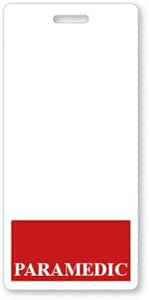
A well-structured drug card includes several key components that are crucial for effective decision-making. These include:
- Drug Name: Both the generic and brand names of the medication are typically provided.
- Indications: Situations or conditions in which the drug is appropriately used.
- Contraindications: Conditions or factors that would make the use of the drug inadvisable.
- Dosage and Administration: Recommended dosages for adults and children, as well as the preferred routes of administration.
- Side Effects: Common and serious side effects that may occur with the drug.
- Drug Interactions: Information on how the drug interacts with other medications.
- Special Considerations: Any additional notes specific to certain populations or situations (e.g., pregnancy, geriatrics).
Examples of Commonly Used Drug Cards
In the field of paramedicine, certain medications are frequently used. Here are a few examples of drug cards for common medications:
1. Epinephrine
- Indications: Cardiac arrest, anaphylaxis.
- Contraindications: None in life-threatening situations.
- Dosage: 1 mg IV/IO every 3-5 minutes during resuscitation; 0.3-0.5 mg IM for anaphylaxis.
- Side Effects: Increased heart rate, hypertension, anxiety.
- Special Considerations: Monitor patient closely for signs of myocardial ischemia.
2. Nitroglycerin
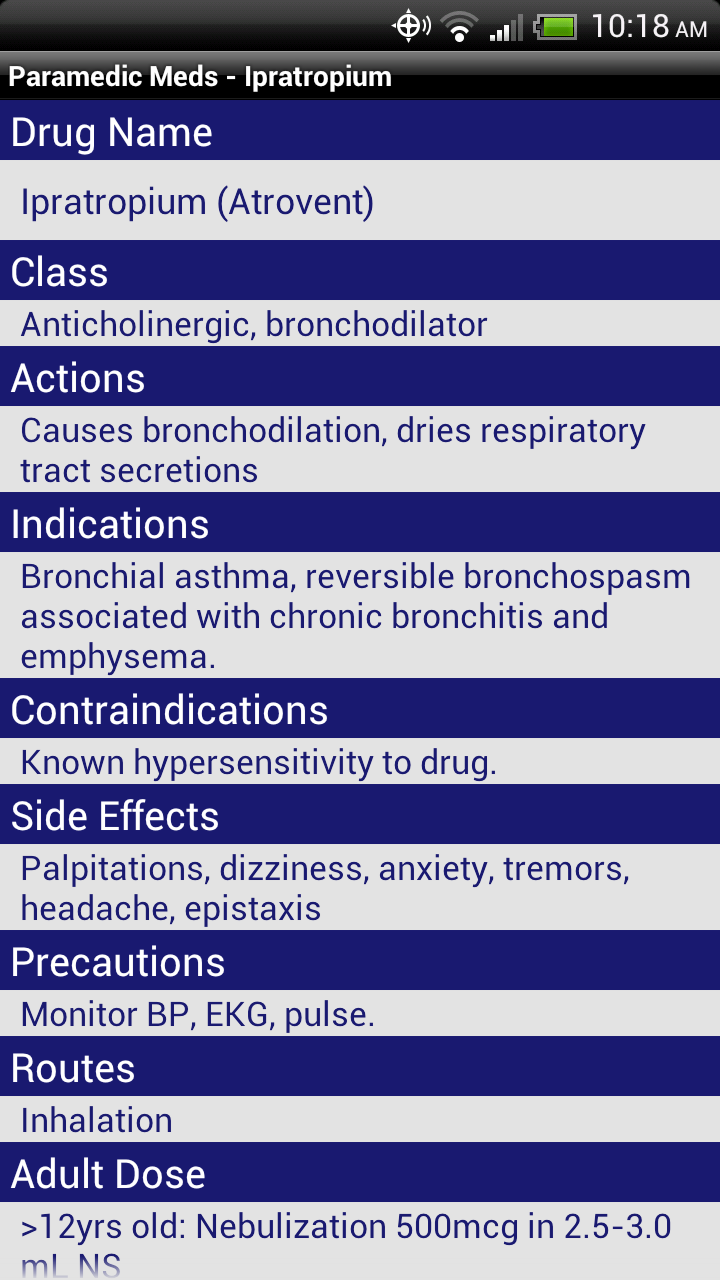
- Indications: Chest pain, acute coronary syndrome.
- Contraindications: Hypotension, suspected right ventricular MI, use of phosphodiesterase inhibitors.
- Dosage: 0.4 mg sublingually; may repeat every 5 minutes as needed.
- Side Effects: Headache, hypotension, flushing.
- Special Considerations: Ensure patient is sitting or lying down prior to administration.
3. Adenosine
- Indications: Supraventricular tachycardia (SVT).
- Contraindications: Atrial fibrillation, atrial flutter.
- Dosage: 6 mg rapid IV push; if ineffective, 12 mg may be administered.
- Side Effects: Flushing, dyspnea, chest pain.
- Special Considerations: Monitor the patient’s rhythm closely after administration.
Case Studies: The Role of Drug Cards in Patient Care

Understanding the practical implications of drug cards can be enhanced through real-world case studies. Here are a couple of examples illustrating their impact:
Case Study 1: Anaphylactic Shock
A 30-year-old male presents with signs of anaphylaxis after being stung by a bee. The paramedic quickly references the drug card for epinephrine. Recognizing the need for immediate intervention, the paramedic administers 0.3 mg of epinephrine IM. The patient’s condition improves significantly within minutes. In this scenario, the drug card provided quick access to the appropriate dosage and administration route, facilitating a life-saving intervention.
Case Study 2: Cardiac Arrest
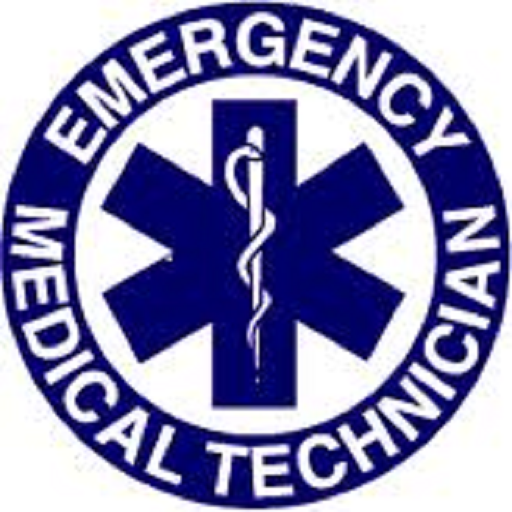
During a resuscitation attempt for a patient in cardiac arrest, the paramedic refers to the drug card for epinephrine. Administering the drug according to the guidelines outlined on the card, the team effectively stabilizes the patient’s rhythm after several cycles of CPR and medication. The drug card not only guided the dosage but also reminded the paramedic to monitor for potential side effects, ensuring patient safety throughout the process.
Challenges and Limitations of Drug Cards
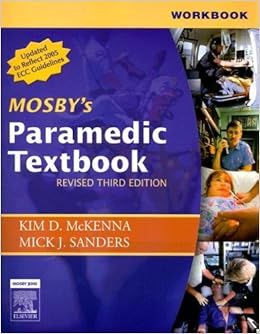
While drug cards are invaluable tools, they are not without challenges:
- Updating Information: Medications are continually evolving, and drug cards may become outdated if not regularly reviewed and updated.
- Variability in Protocols: Different EMS systems may have varying protocols for drug administration, which can lead to confusion if drug cards are not tailored to specific guidelines.
- Over-Reliance: Paramedics may become overly reliant on drug cards, potentially neglecting to consult additional resources or clinical judgment.
Drug cards are essential tools for paramedics, providing critical information that enables rapid and informed decision-making in high-stakes environments. By standardizing drug information and enhancing education, these cards play a significant role in improving patient safety and outcomes. While there are challenges associated with their use, the benefits far outweigh the limitations. As the field of emergency medicine continues to evolve, ongoing training and updates to drug cards will be crucial in ensuring that paramedics remain equipped to provide the highest level of care. Ultimately, understanding and effectively utilizing drug cards can make a significant difference in the lives of patients during emergencies.